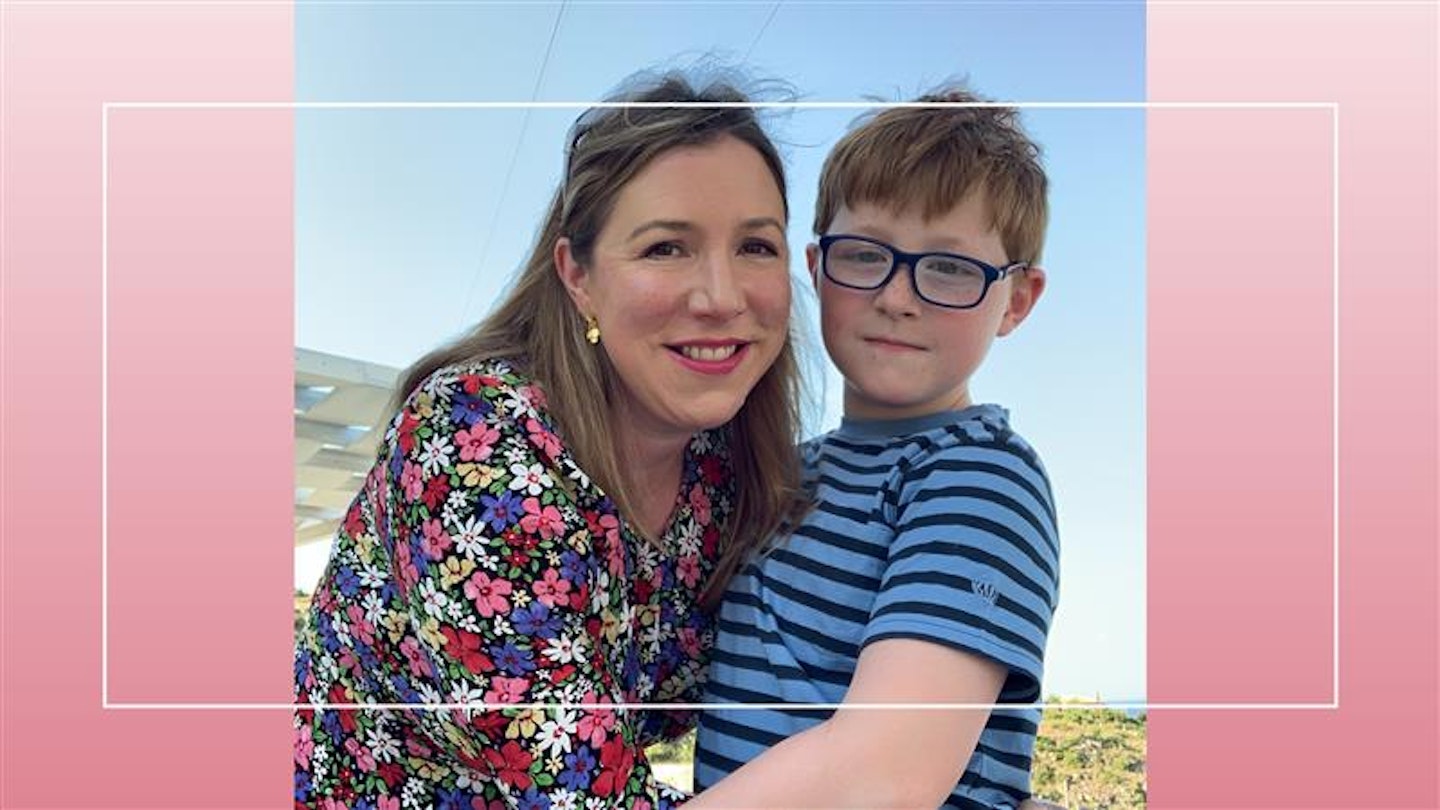Thomas the Tank Engine has introduced its first autistic character, Bruno the Brake Car, voiced by 9-year-old autistic actor Elliott Garcia, who will appear in the TV series later this month. Toy giant Mattel has said it has ‘carefully curated Bruno’s character to ensure an accurate fictional representation of autism’ and worked with National Autistic Society UK when creating Bruno.
As the mother of an autistic son, I was so pleased to hear the news. Both my boys, who are now 13 and 10, loved Thomas when they were younger and when my youngest son, Eddie, was diagnosed with autism at seven he was deep into his Thomas phase and slept with his little hands clutched around one of their engines.
Each engine has a particular trait or characteristic, from grumpy Gordon to cheeky Percy and vain James and there is a moral in every episode. It would have helped Eddie to have had a character he could relate to and identify with, and it would have also helped his siblings, Charlie, 13 and Jemima, 8, have a greater understanding of the autistic spectrum too.
What we know about Bruno so far is that he has “a unique perspective on the world” – and loves schedules, routine, timetables and “when everything goes to plan”. Bruno can show other characters when he is feeling overwhelmed, worried or excited by “flapping his ladders” (known as ‘stimming’, autistic children often flap their hands) and he has a lantern to “indicate his emotional state”. He also sometimes wears ear defenders, like my son, when he finds certain noises overwhelming.
Characters like Bruno – and I hope other TV shows follow Mattel’s lead – are also helpful to other children watching these shows to increase their understanding about conditions such as autism. Introducing neurodiverse characters or those who have an invisible disability helps normalise them. Children learn through stories, play and role models so it’s vital for them to show as many different types of people and conditions as possible.
Unfortunately, there is still stigma and judgement around autism, which I have seen first hand and experienced countless times since my son was a toddler. He’s been called ‘brain damaged’ by another child, and if he starts shouting or flapping his arms around when we’re out we often get the odd hostile look or tut. Fellow parents, who don’t know my son is autistic, will often give me a look when Eddie is shouting or running around, which is crushing.
We have found however that when he wears a sunflower lanyard, which indicates an invisible disability, it helps and there is more understanding.
As a xennial, my only cultural reference point for autism from my own childhood was Rain Man which, wonderful as it was, misled an entire generation of us into thinking all autistic people were very clever with superpowers. Now I have a much better understanding of autism I realise that Dustin Hoffman’s character was at the extreme end of the spectrum and that neurodiverse people are just as individual and unique as neurotypicals. Yes, there are certain traits, such as being blunt, becoming anxious in social situations and hating loud noises, which may be more prevalent in the autistic community, but this can vary hugely.
When I asked my eldest son what other children’s TV shows and films featured neurodiverse people he reeled off a few others, including Young Sheldon, an American sitcom set in the late 1980s and early 1990s, a prequel to The Big Bang Theory, and Lilo and Stitch, a Disney movie which features a young Hawaiian girl who adopts an animal-like fluffy blue alien called Stitch. Autistic blogger Elizabeth Mintz says the Lilo and Stitch characters, who are outsiders, have become part of autistic culture.
Author Matt Haig recently said one of his most popular books, How To Stop Time, which is about a man who looks like he fits in but actually has a rare condition which prevents him from ageing, was actually about autism. My kids love Haig’s children’s books, especially The Truth Pixie, about a pixie who simply has to tell the truth. ‘I’m a bit like that, aren’t I?’ said Eddie after we first read it.
The character of Bruno feels like part of a much needed attempt to increase awareness about inclusivity which incorporates not just neurodiversity, from a Barbie with a hearing aid, to a same sex couple in Peppa Pig and Marvel’s new gay Spider-Man.
And, Bust my Buffers, as they say on Thomas the Tank Engine, it’s about time too.
